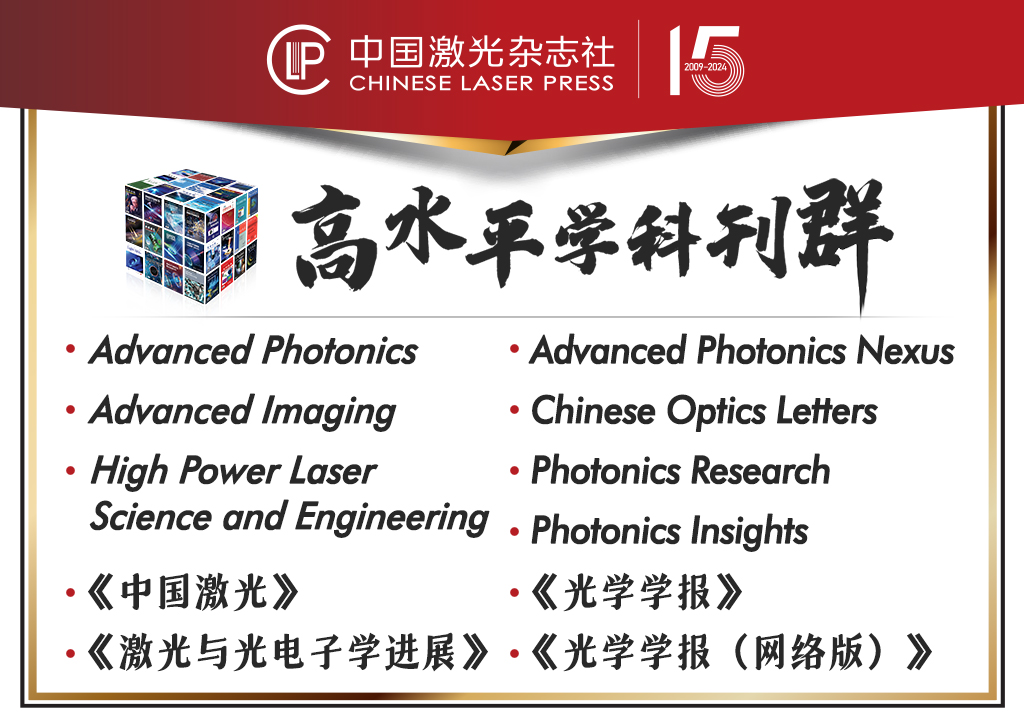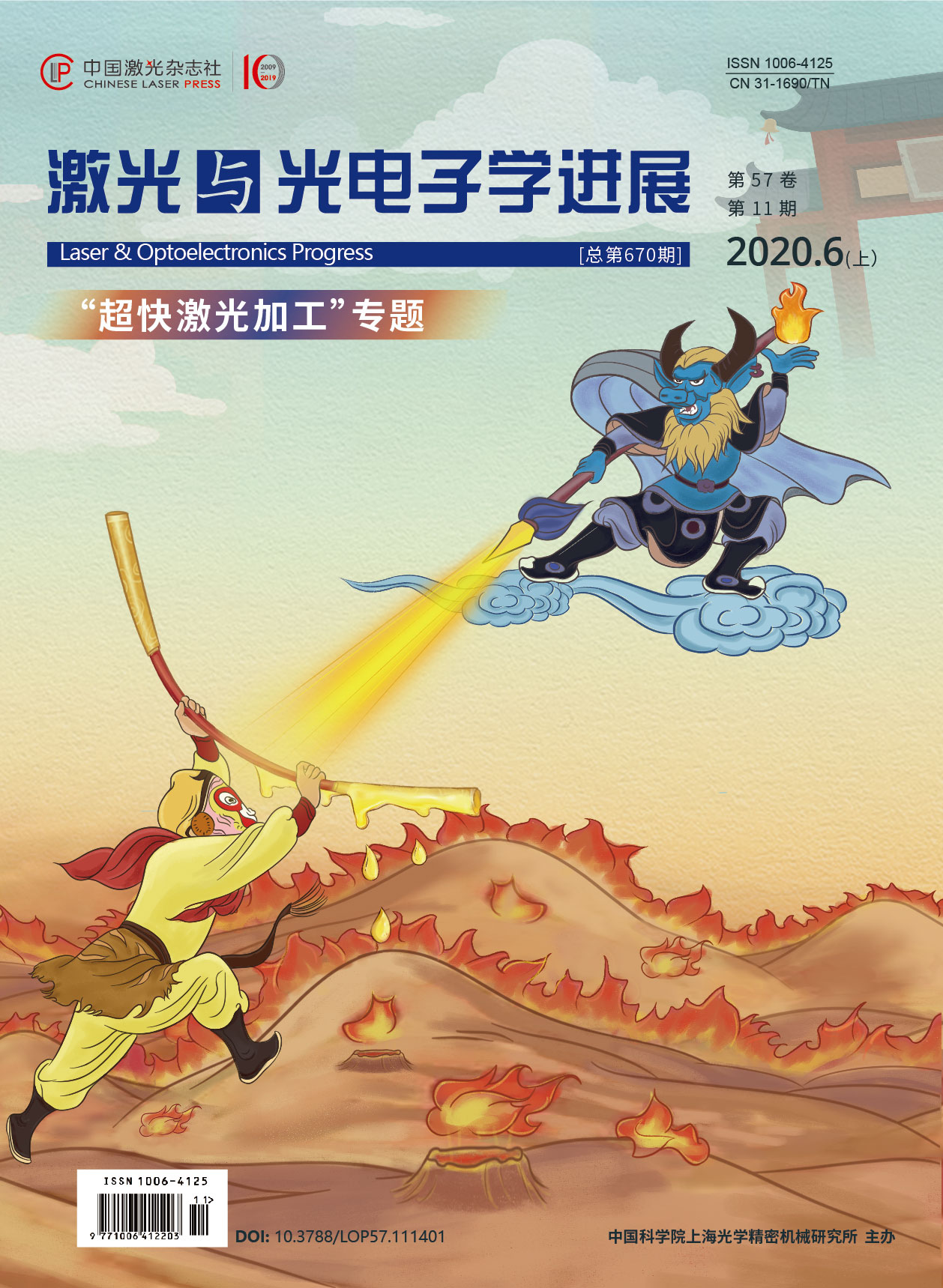激光与光电子学进展, 2020, 57 (11): 111401, 网络出版: 2020-06-01
等离激元纳米材料超快激光光热形变原理及应用  下载: 2035次封面文章特邀综述
下载: 2035次封面文章特邀综述
Fundamentals and Applications of Ultrafast Laser Induced Photothermal Reshaping of Plasmonic Nanomaterials
激光光学 光热形变 表面等离激元 超快激光 阈值 laser optics photothermal reshaping surface plasmons ultrafast laser threshold
摘要
超快激光具有极短的脉宽和极高的峰值强度,已被广泛应用于等离激元纳米材料的加工。在极高的激光功率密度下,等离激元纳米材料中的自由电子吸收入射光子能量成为热电子,然后通过电子与晶格的耦合作用使得晶格温度升高,诱导等离激元纳米材料产生光热形变。根据激光功率密度与熔化沸腾阈值的关系,综述了等离激元材料的三种光热形变——阈值熔化、表面原子扩散和激光烧蚀的不同原理;同时还介绍了等离激元纳米材料超快激光光热形变在多维光存储、结构色彩色打印和信息加密隐写等领域的应用。
Abstract
Owing to its advantages of ultrashort pulse width and extremely high peak intensity, ultrafast lasers have been widely used in fabricating plasmonic nanomaterials. Laser beams with extremely high power densities heat the free electrons in plasmonic nanomaterials, thereby increasing the lattice temperature and causing photothermal reshaping. Depending on the power density of the laser beam and the melting/boiling threshold, we review three types of photothermal reshaping mechanisms: complete melting above threshold, surface atom diffusion below melting temperature, and ablation. The exemplary applications of photothermal reshaping of plasmonic nanomaterials in optical data storage, plasmonic color printing, and steganography are reviewed.
张明偲, 姜美玲, 冯紫微, 欧阳旭, 曹耀宇, 李向平. 等离激元纳米材料超快激光光热形变原理及应用[J]. 激光与光电子学进展, 2020, 57(11): 111401. Mingsi Zhang, Meiling Jiang, Ziwei Feng, Xu Ouyang, Yaoyu Cao, Xiangping Li. Fundamentals and Applications of Ultrafast Laser Induced Photothermal Reshaping of Plasmonic Nanomaterials[J]. Laser & Optoelectronics Progress, 2020, 57(11): 111401.







